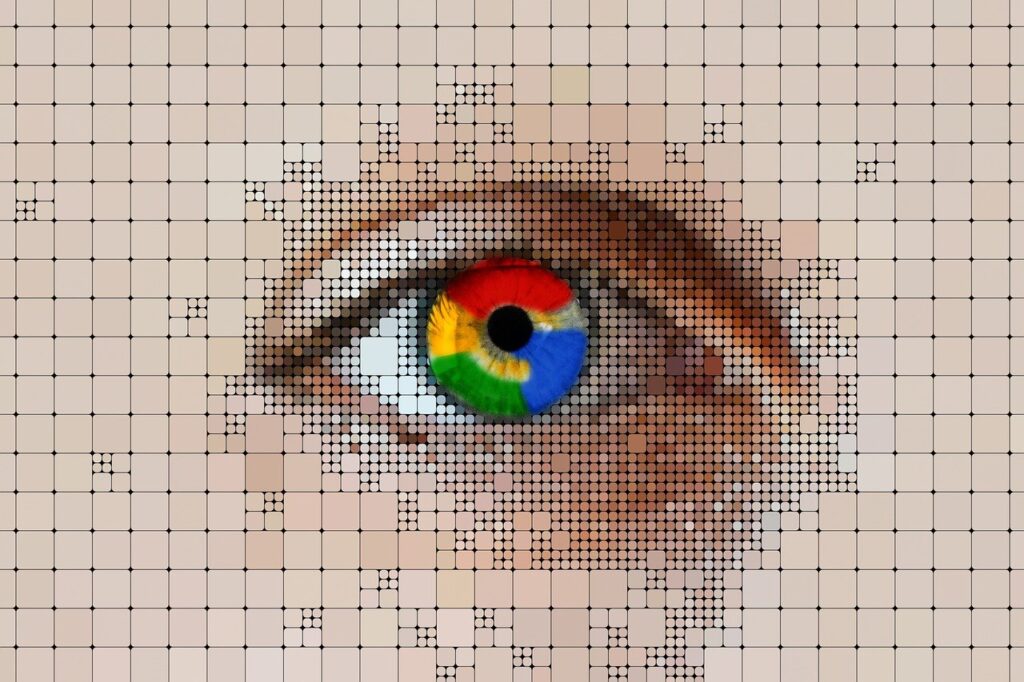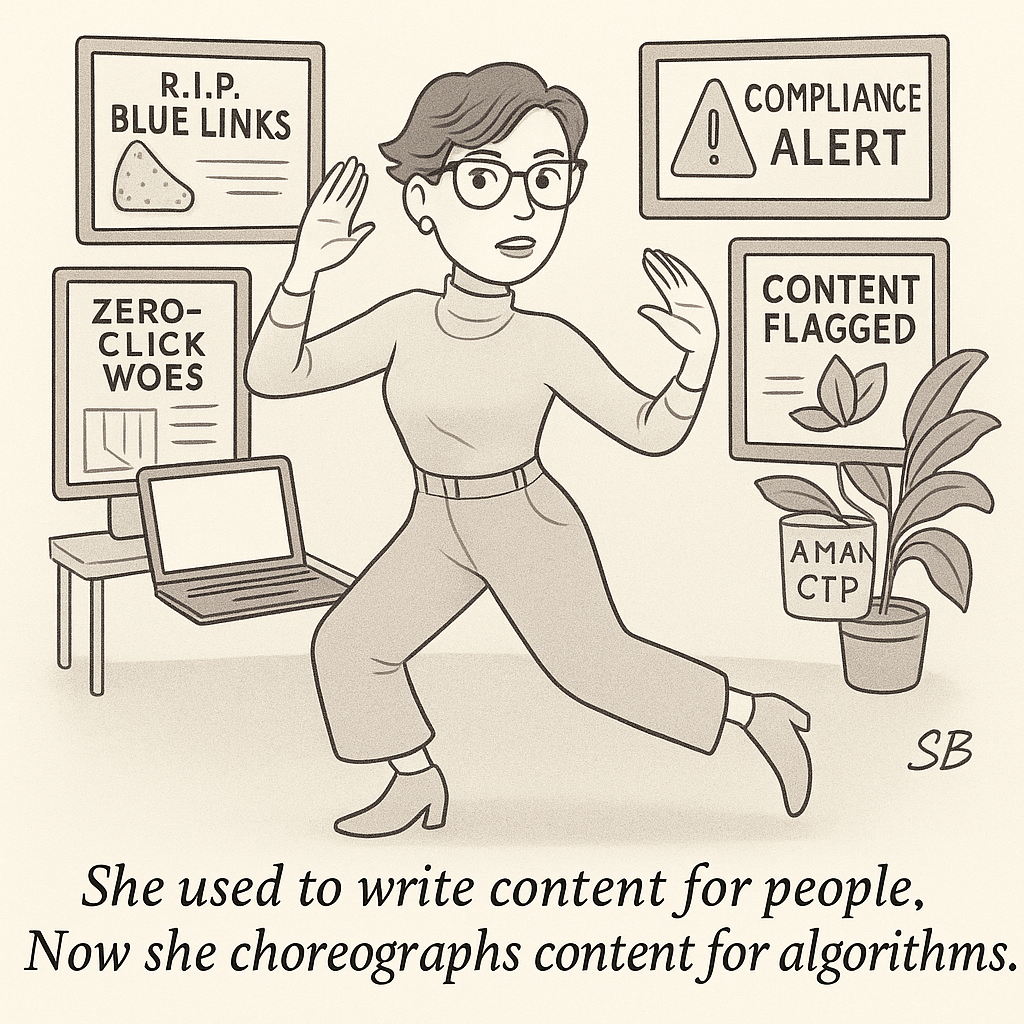How AI Search Engines, Short Video Apps, and Multilingual Bots Are Rewriting Digital Marketing in India

In the summer of 2025, a marketing director for a mid-size personal care brand in India—let’s call her Ritu—opened her analytics dashboard and blinked. Zero spikes. Zero traction. Her latest campaign—featuring a celebrity influencer, an SEO-optimized blog, and a tweet that referenced both cricket and conditioner—had flatlined. Not because the content wasn’t engaging. But because the rules of discovery had changed.
Google’s AI had intercepted her message. The blog had been scraped, summarized, and presented in a tidy little answer box above the fold, siphoning off traffic before the click. The tweet got buried beneath AI-curated responses. Her campaign wasn’t invisible because it was irrelevant—it was invisible because it had been consumed by the algorithm before humans ever got to it.
That’s when she realized: the problem wasn’t creation. It was visibility in an AI-shaped search world.

Google had quietly started summarizing her blog in an AI-generated answer box powered by Search Generative Experience (SGE). The traffic now stopped at the AI. People were reading the summary and skipping the click. Her work had become the seasoning—never the dish.
“Your best blog may now be just garnish on Google’s AI entrée.”
What if your content wasn’t failing—but just never being seen? As AI search engines and short-form video take over how India discovers, shops, and shares, digital marketers find themselves rewriting playbooks in languages they don’t speak—to audiences that aren’t even human.
AI-powered search engines are redefining how attention is captured—and redirected. In India, where Google’s SGE debuted in 2023 with multilingual capabilities, search often ends not in a click but in a summary box. A typical query like “best night cream for oily skin” might yield an AI-curated snippet that blends multiple sources, leaving original content ghosted and click-throughs starved. Meanwhile, Microsoft’s Bing, now fused with Copilot, serves answers with sourced citations, operating like a sanitized ChatGPT-powered Wikipedia.
Then there’s Perplexity AI, co-founded by Indian-origin researcher Aravind Srinivas. It offers a conversational search experience that cites sources with obsessive precision. Its Deep Research mode, which synthesizes hundreds of links into structured reports, now accomplishes in 30 seconds what once required a junior exec, three hours, and strong tea.
This shift has led to what marketers now call “invisible traffic loss”: the disappearance of potential clicks at the very top of the funnel.
Search engines were once gateways. Now they are gatekeepers, intercepting intent before it even reaches your link.
Scene Two: Death of the Blue Link
By 2025, nearly 40% of Indian SERPs feature AI summaries, often replacing the coveted first-page real estate once fought over by agencies like it was beachfront property.
Instead of “top 10 lehenga trends for Diwali,” users now type: “What lehengas are in fashion this Diwali, but budget-friendly and okay for a cousin’s wedding?”
Search has become conversational. More worryingly, it’s become closed. Ritu’s marketing team, like many others, had not accounted for the rise of zero-click searches. Her competitors hadn’t either. But the ones using Bard and Copilot had begun tweaking their content to answer questions directly, with structured markup, clear Q&A sections, and even schema data for short videos.
“The blue links didn’t die. They were… absorbed.”
Scene Three: From Chatbots to Channels
India’s Gen Z users are increasingly using YouTube Shorts, Josh, Moj, and even Google Lens to search. TikTok remains banned, but its vacuum has spawned a constellation of short video apps—Josh, Moj, Hipi—and a culture of dialect-rich discovery. According to Statista, Indian short video platforms are projected to reach 650 million users by 2025, with 70% of that growth from Tier 2 and Tier 3 cities.
This isn’t just a shift in platform. It’s a shift in perception. For many users in Bhubaneswar, Patna, or Coimbatore, a 15-second reel delivered in Bhojpuri feels more trustworthy than a 1,200-word blog in English. AI search engines have caught on. Moj’s AR filters show up in Google Lens, Hipi’s clickable overlays boost CTR by 12%, and Josh enables soundtrack trend hijacking.
What used to be entertainment is now a search signal.
Scene Four: Enter Bard and Copilot
Google Bard and Microsoft Copilot have become co-pilots for marketers flying through turbulence. Bard writes blog intros in Tamil. Copilot runs A/B tests. Bard gives CTAs in Hinglish. Copilot adjusts Facebook bid strategy based on mobile spikes in Surat.
A freelancer in Pune used Bard to script 30 Rajasthani reels for a jewelry brand. A tea company on Moj replaced emojis with “masala chai” gifts—92,000 redemptions. Myntra used Copilot for AI overlays in live shopping, seeing an 18% conversion lift.
We’ve entered the era of creative prompting as competitive advantage.
Scene Five: The Algorithm Becomes the Audience
By 2026, AI agents will act on behalf of users. Gemini might choose what to buy, book, or trust.
To influence AI, marketers must optimize for structured data, factual consistency, and trust signals.
Moj creators need a 3.8+ rating to be surfaced. Josh shadowbans restricted hashtags. Copilot flags 72,000 banned phrases.
Your audience now has no thumbs—just algorithms.
Scene Six: Vernacular Victory and Dialect Drama
India’s multilingual chaos is a marketer’s opportunity. Bard’s language toggle and Copilot’s dialect training now power hyperlocal campaigns.
Kanpur ad: “Ye jacket winter mein garmi ka dushman!” Coimbatore: “Itha winter special offer, thittu vidathing!”
Voice search makes up 40% of Indian queries. Moj now offers voice-to-video tools. Marketers use A/B testing, regional focus groups, and prompt-based analytics to validate idioms and tone.
In India, dialect isn’t detail—it’s distribution.
Scene Seven: The Compliance Tightrope
Post-TikTok, Indian platforms tightened moderation. Moj mandates Aadhaar verification. Josh uses on-device filters. Chingari logs edits with blockchain.
Copilot’s compliance checker now matters as much as its copy editor.
Compliance is the new creativity.
Scene Eight: Towards a Convergence
By 2026, marketing will be a convergence: search, content, video, voice, data, compliance.
A marketer’s job? Not to rank. To sync.
Final Thought
Ritu has since hired an AI strategist. She now produces FAQ blogs, dialect reels, and chatbot answers in six languages.
She writes for Bard’s box, Copilot’s agent, and a Gen Z user in Bhopal searching by voice during a Bhojpuri reel.
She’s not just a creator. She’s a strategist, choreographing content for relevance in an AI-shaped world.
Search hasn’t vanished. It’s just no longer a bar—it’s a conversation.
